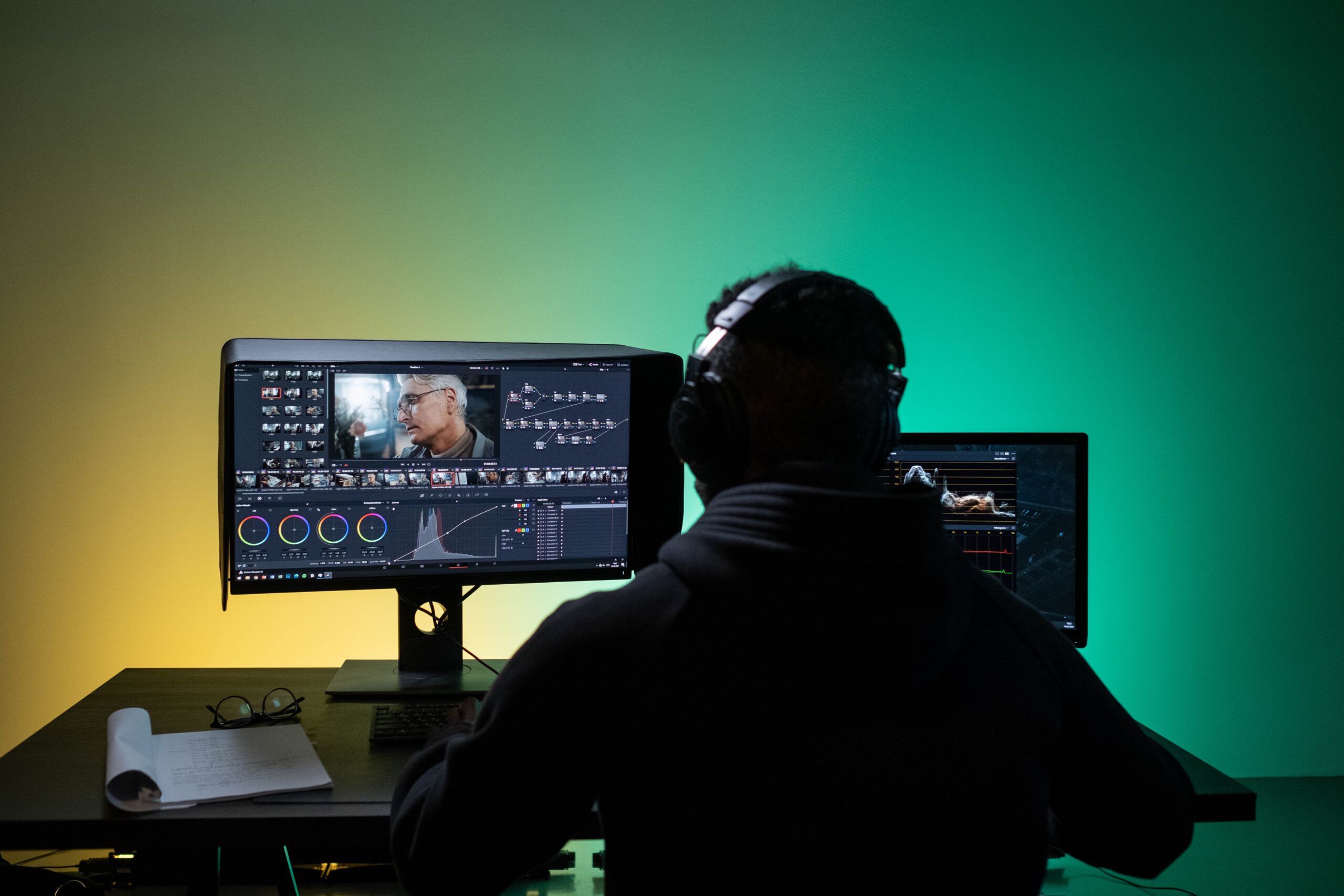In today’s interconnected world, video monitoring has become an integral part of ensuring security in various settings, from businesses and public spaces to private homes. However, as technology advances, so do concerns about individual privacy. The General Data Protection Regulation (GDPR), introduced in 2018, has had a significant impact on how video monitoring is conducted and regulated in the European Union (EU). This article explores the key considerations and principles of video monitoring under GDPR, highlighting the need to strike a balance between security and privacy.
Understanding GDPR and Its Relevance to Video Monitoring
The General Data Protection Regulation (GDPR) is a comprehensive data protection framework that aims to safeguard the rights and freedoms of individuals concerning the processing of their personal data. While GDPR addresses various aspects of data protection, it has specific implications for video monitoring due to its definition of personal data and its emphasis on privacy.
Personal Data Under GDPR
GDPR defines personal data broadly to include any information that can directly or indirectly identify an individual. In the context of video monitoring, this may encompass images and videos of people, making it subject to GDPR regulations. This wide-ranging definition means that organizations conducting video monitoring need to be particularly cautious about how they collect, store, and use such data.
Lawful Basis for Processing
To process personal data legally, organizations must establish a lawful basis, such as the necessity of processing for legitimate purposes. In the case of video monitoring, this might include ensuring the security of property and individuals. This lawful basis is crucial for organizations to justify their use of video monitoring systems.
Balancing Security and Privacy
Balancing the need for security with individual privacy rights is at the heart of GDPR. Organizations that employ video monitoring must carefully navigate this balance to remain compliant with the regulation. Here are key considerations for organizations conducting video monitoring:
1. Consent
Obtaining consent from individuals before recording them can be challenging in public spaces or workplaces. GDPR acknowledges this by allowing for the processing of personal data for legitimate purposes, including security, without explicit consent. However, organizations must still inform individuals about the monitoring and ensure it is proportionate to the security risks.
2. Purpose Limitation
Organizations must clearly define the purposes for which video monitoring is conducted. It should be solely for security reasons, and the data collected should not be used for unrelated purposes, such as employee monitoring or marketing. This principle, known as “purpose limitation,” is fundamental to GDPR compliance.
3. Data Minimization
GDPR encourages the principle of data minimization, which means organizations should collect and retain only the necessary data for the stated purpose. Video footage should be retained for a specific duration, and unnecessary footage should be deleted promptly. This minimizes the risk of unauthorized access and data breaches.
4. Data Security
Organizations must implement robust security measures to protect video data from breaches and unauthorized access. Encryption, access controls, and regular security audits are essential components of GDPR compliance. Ensuring the confidentiality, integrity, and availability of video footage is crucial to meeting GDPR’s security requirements.
5. Data Subject Rights
Under GDPR, individuals have rights concerning their personal data, including the right to access, rectify, or erase their data. Organizations must have procedures in place to address these requests related to video monitoring footage. Complying with data subject rights can be challenging when dealing with video data, but it is essential to respect individuals’ privacy.
6. Impact Assessment
When implementing video monitoring, organizations may be required to conduct a Data Protection Impact Assessment (DPIA) to evaluate and mitigate potential risks to individuals’ privacy. DPIAs help organizations identify and address privacy risks associated with video monitoring, ensuring that it complies with GDPR.
Blurring Tools for Video Monitoring: Enhancing Privacy
In the realm of video monitoring, blurring tools have emerged as indispensable assets for maintaining the delicate balance between security and privacy. These tools, exemplified by advanced solutions like Blurit, play a pivotal role in safeguarding individuals’ personal data while preserving the effectiveness of security systems. By applying pixelation to photos and videos, blurring tools ensure that sensitive information, such as faces and identifiable features, remains concealed. This process adheres to the core principles of data minimization and purpose limitation mandated by GDPR, allowing organizations to fulfill their security obligations while respecting the privacy rights of those under surveillance. Blurit, in particular, has garnered acclaim for its precision, real-time capabilities, and compatibility with existing video monitoring infrastructure. Its integration into security protocols showcases a commitment to both security and privacy, reinforcing trust and compliance in an evolving digital landscape.
Conclusion
Video monitoring plays a crucial role in maintaining security, but it must be conducted in compliance with GDPR to protect individuals’ privacy rights. Striking the right balance between security and privacy is essential, and organizations should be aware of their responsibilities when conducting video monitoring.
This requires clear policies, transparency, and robust data protection measures to ensure that both security and privacy are upheld in accordance with GDPR regulations. Failure to do so can result in significant fines and reputational damage, emphasizing the importance of compliance in this digital age.
In summary, GDPR has reshaped how video monitoring is conducted, emphasizing the need for organizations to prioritize privacy while maintaining security. By adhering to GDPR’s principles and requirements, organizations can achieve this delicate balance and ensure that video monitoring remains a valuable tool for enhancing security without compromising individual privacy. In doing so, they not only meet legal obligations but also earn the trust and confidence of individuals in an increasingly data-driven world.
